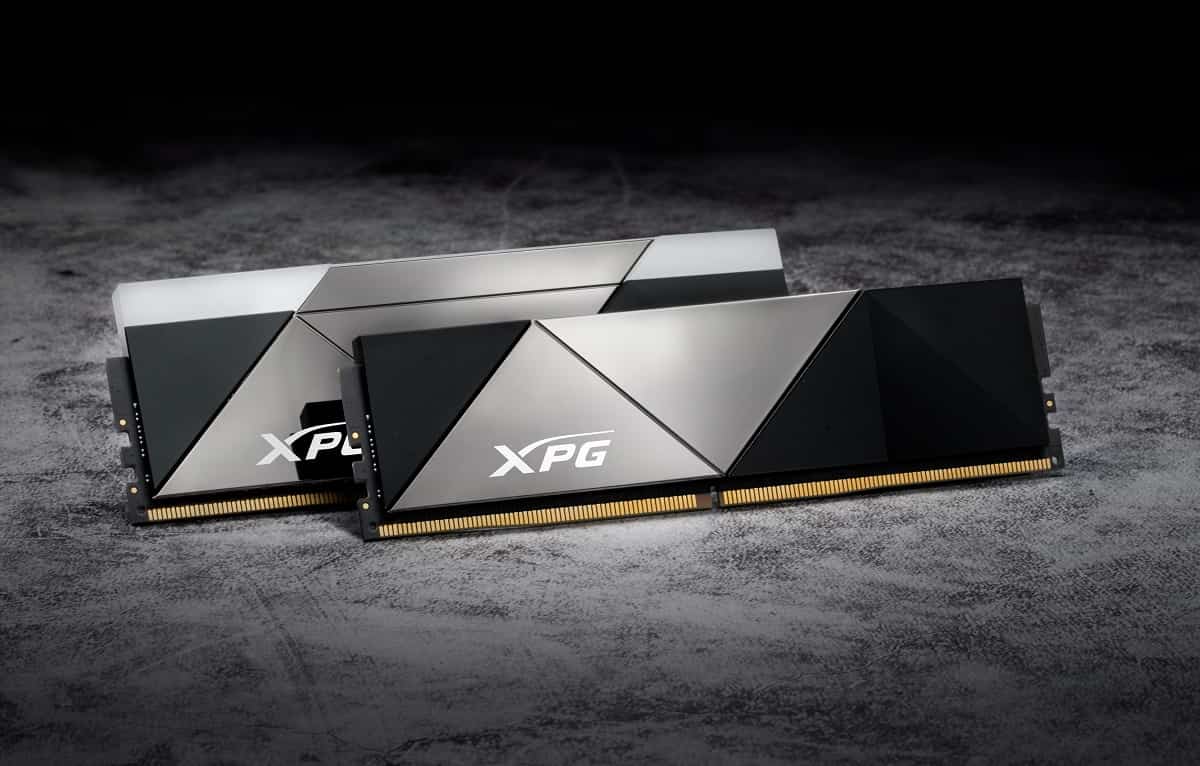ChangXin Memory Technologies (CXMT), one of China’s leading semiconductor memory manufacturers, has resumed large-scale investments aimed at expanding its DDR5 DRAM production capacity and accelerating the development of high-bandwidth memory (HBM3). The move underscores Beijing’s strategy to secure the supply of critical components for artificial intelligence, amid restrictions on exports imposed by the United States.
A commitment to self-sufficiency in advanced memory
Industry sources indicate that CXMT is channeling resources into constructing and expanding key facilities to strengthen the local supply chain and reduce reliance on foreign technology. DDR5 memory is essential for high-performance servers, while HBM3 has become a strategic component for GPUs and AI accelerators, where speed and bandwidth are crucial.
The challenge of US restrictions
US sanctions have limited China’s access to advanced lithography equipment and certain state-of-the-art chips. In this context, CXMT aims to circumvent these restrictions by increasing its own production capabilities. If successful, China could ensure a steady supply of critical memory components for sectors such as data centers, supercomputing, and generative artificial intelligence.
Implications for the global industry
CXMT’s advancements in DDR5 and HBM3 could shift the power balance in a market currently dominated by Samsung, SK Hynix, and Micron. While analysts believe that reaching the quality and performance levels of these giants will take time, CXMT’s new projects are seen as a clear sign of resilience amid geopolitical pressures.
Meanwhile, increasing Chinese manufacturing capacity could drive down international prices for DRAM and HBM memory in the coming years, impacting the strategic plans of established manufacturers.
Next steps
CXMT’s plans align with China’s broader goal of investing billions to develop a local semiconductor ecosystem, aiming to safeguard technological sovereignty in a sector considered critical for defense and the digital economy.
The success or failure of these investments will be decisive not only for CXMT’s competitiveness but also for China’s role in the upcoming decade of the global race for advanced memory technology.

